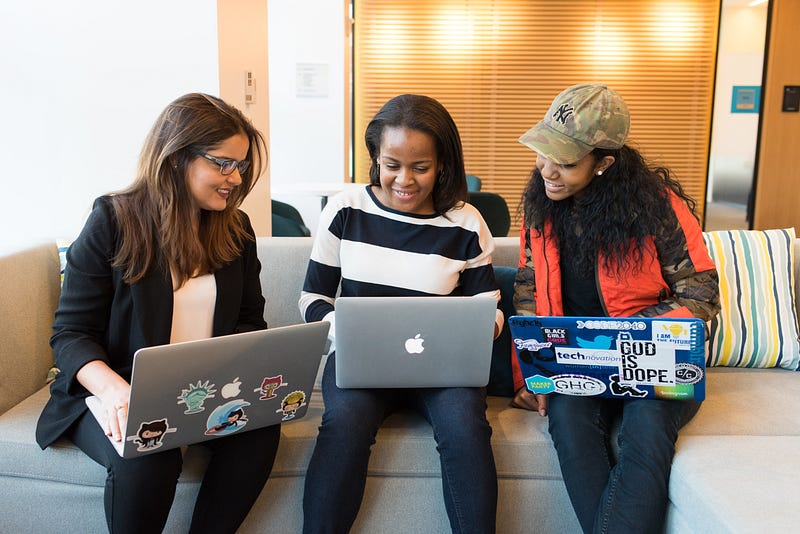A Discussion of “Measuring the Effect of Blended Learning”
Moving forward into the unknown that is teaching in higher education this fall has professors scrambling for course design that can work in person, online, or some combination of the two.
We have been told at my school to plan for a hybrid style. Since we cannot double the size of our classrooms overnight, we will halve the number of students. That is, half will come one day and the other half will come the next. Both will get to watch recordings of the days they are not there.
Previously I found an article with the encouraging results that such a set up can work well if the students are given good lecture materials online and then use the in class time for more active learning
Continuing that theme is another article specifically comparing the effectiveness of “blended learning” to “traditional lecture,” with blended learning for the win.
What is Blended Learning?
Swoboda and Feiler (2016) gather data across 8 sections of introductory microeconomics courses taught in one year by 5 different professors.
The two authors taught the 4 sections using blended learning which meant class time was more focused on “active-learning pedagogies like group problem solving, simulations, and discussion activities.” (p. 368)
Instead of using class time primarily for lectures, the content delivery portion of the course is moved online. The authors acknowledge what they are calling blended learning is in line with flipping the classroom. So many terms for similar pedagogical activities!
You may be asking, “how did the students learn the materials if they did not get lectures?”
Before class, they prepared by reading the assigned textbook chapters, watched videos prepared by the two authors, and completed comprehension questions in the online homework software, Sapling Learning.
Class began with an invitation for questions about the class prep work and then there could be mini-lectures “targeted to troublesome items.” (p. 369) Most of class time though was spent with the class working problems in small groups, participating in simulations, and conducting discussion activities.
In addition, the blended sections also had Sapling Learning online questions that reviewed the previous material. I think these online homework assignments would be a combination of review from the previous week and comprehension checks of the new material.
For control, there were 4 other sections that were taught by 3 other professors who used a traditional, lecture-based style, AKA “Chalk and Talk.” (p. 367) They also had written homework assignments.
To test the impact of these different styles, all sections were given the Test of Understanding in College Economics (TUCE) in the first and last weeks of class. They then do a statistical comparison of the difference in scores, controlling for demographics.
The way they offered the TUCE test meant not all students took it. It was 30 multiple choice questions done online, and the students knew the scores were anonymous and not going to impact their grades.
So why take it at all? The incentive is getting to drop your lowest homework grade. In my experience that would not be enough! But impressively they did have 150 out of the 200 students participate. That 150 is the data set they then use for their analysis.
They found no demographic differences in the students across the blended and traditional sections overall. And for the 150 who took the TUCE test, the only demographic difference they did find were more females took it.

The Findings
The big result: The students in the blended section showed a 6 point increase in their TUCE average while the traditional students showed a 4 point increase. This difference was statistically significant.
Some caveats from the authors: (p. 370)
- The difference could be that the design of the blended course leads to more study time overall. Lecture students may put in less time preparing for class to rely more on being taught the information. But if so, I’d call it a feature, not a bug!
- The student population in this study may be “unusual” since they are all in the top 10% of high schoolers.
- There could be a “teaching to the test” bias.
And I will add that since the authors taught the blended class sections and 3 other professors taught the control sections, could differences in the teachers impact the results, beyond teach to the test?
If we take these results at face value, then the hybrid approach we are adopting this fall could end up being a benefit to our students. This study gives hope that it at least need not be a lessor experience.
It does mean that it puts pressure on us to provide good materials online for content delivery to happen before class and to come up with engaging, active learning in-class activities. Guess I have my answer to “What did you do this summer?”
References: Swoboda, Aaron and Lauren Feiler, 2016. “Measuring the Effect of Blended Learning: Evidence from a Selective Liberal Arts College.” AEA Papers and Proceedings, 106(5): 368–372.




